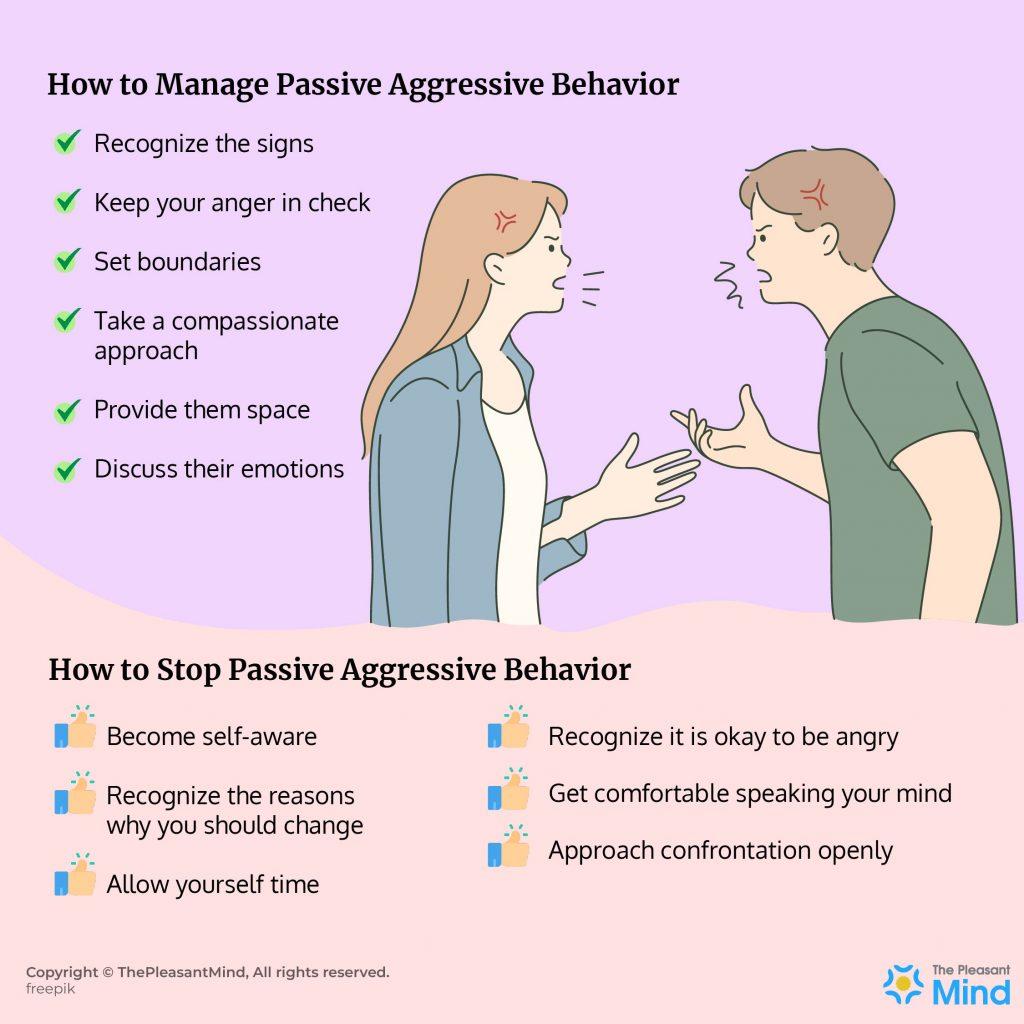Dating can be a beautiful journey filled with excitement, connection, and discovery. Yet, sometimes beneath the surface of charming smiles and sweet words, subtle signs of passive-aggressive behavior can quietly creep in. Recognizing these signs early on can help protect your emotional well-being and nurture healthier relationships. In this gentle guide, we’ll explore how to spot passive-aggressive tendencies in dating, offering you compassionate insight and practical tips to navigate tricky situations with kindness and clarity. Whether you’re new to the dating scene or looking to deepen your emotional awareness, this article aims to support you every step of the way.
Table of Contents
- Understanding Passive-Aggression in Romantic Dynamics
- Recognizing Subtle Behaviors That May Signal Passive-Aggression
- How to Communicate Compassionately When You Notice These Signs
- Nurturing Healthy Boundaries While Encouraging Open Dialogue
- The Conclusion
Understanding Passive-Aggression in Romantic Dynamics
In romantic relationships, subtle expressions of frustration or resentment can often be mistaken for mere quirks or mood swings, yet they might actually signal passive-aggression. This behavior usually manifests when one partner feels unable to communicate their dissatisfaction directly. Instead, they resort to indirect actions or remarks, creating a confusing dynamic where feelings are conveyed through hints rather than honest dialogue. Recognizing these patterns early helps avoid misunderstandings and fosters healthier communication.
Common indicators to watch for include:
- Silent treatment: Deliberate withdrawal or ignoring despite unresolved issues.
- Backhanded compliments: Remarks that seem flattering but carry underlying criticism.
- Procrastination or intentional slowness: Delaying actions as a subtle form of resistance.
- Nonverbal cues: Eye-rolling, sarcastic smiles, or sighs that express discontent without words.
Understanding these signals as cries for connection rather than hostility allows partners to respond with empathy and encourage open, respectful conversation.
Recognizing Subtle Behaviors That May Signal Passive-Aggression
It’s easy to overlook the quiet nudges of passive-aggression because they often wear a mask of politeness or humor. When someone consistently brushes off your feelings with a smile but a cutting remark, or agrees verbally while subtly sabotaging plans, these actions can be whispers of underlying frustration or resentment. These behaviors don’t shout; they linger in the awkward pauses, the half-smiles, and the small, consistent patterns that leave you feeling unsettled without obvious cause.
Be alert to patterns like:
- “Forgetfulness” that seems too convenient, such as frequently “forgetting” important details or commitments;
- Backhanded compliments that sting more than soothe;
- Silent treatment or subtle exclusion as a way to communicate displeasure;
- Procrastination on joint decisions or delays in follow-through, creating tension;
- Non-verbal cues like eye rolls, sighs, or tense body language that contradict spoken words.
Identifying these moments early helps nurture open dialogue and emotional clarity, turning passive-aggression into an opportunity for deeper understanding rather than unresolved hurt.
How to Communicate Compassionately When You Notice These Signs
When you notice subtle signs of passive-aggressive behavior, it’s important to approach your communication with patience and empathy. Instead of reacting defensively, focus on expressing how you feel without judgment. Use “I” statements like “I feel confused when you say yes but don’t follow through” rather than blaming or accusing. This softens the conversation, creating space for honest dialogue. Remember, sometimes these behaviors stem from insecurity or fear of confrontation, not a desire to hurt you.
It can also help to gently invite your partner to share their perspective by asking open-ended questions such as:
- “Can you help me understand what’s on your mind?”
- “Is there something you’re feeling hesitant to say?”
- “How can we work together to avoid misunderstandings?”
These approaches communicate that you want to listen without judgment and foster a safe space for vulnerability. Compassionate communication isn’t about fixing the situation instantly but about building trust, so both of you feel heard and supported even in difficult moments.
Nurturing Healthy Boundaries While Encouraging Open Dialogue
Creating a safe emotional space where both partners feel valued and heard begins with establishing clear, healthy boundaries. This doesn’t mean shutting down conversation but rather defining what behavior is acceptable and what isn’t. Respecting these limits helps prevent resentment from building silently, which can escalate passive-aggressive tendencies. Consider discussing specific topics or actions that trigger discomfort and agree on how to address them constructively. This shared understanding fosters trust and models emotional honesty, allowing both individuals to express their needs without fear of judgment or reprisal.
Encouraging open dialogue is equally important, especially when navigating sensitive subjects. Create rituals or moments designed for transparent communication—like weekly check-ins or gentle prompts that invite reflection. During these conversations, practice active listening and validate feelings instead of rushing to fix or dismiss them. Using phrases such as “I feel” instead of “You always” can shift the tone from accusatory to compassionate. Together, these steps nurture a nurturing atmosphere where vulnerability is met with empathy, helping to break the cycle of passive-aggression before it takes root.
- Set clear emotional boundaries around topics that cause distress.
- Establish regular communication check-ins.
- Use “I” statements to express feelings without blame.
- Listen actively and validate emotional experiences.
The Conclusion
Navigating the dating world can be both exciting and challenging, especially when subtle signs like passive-aggressiveness start to creep in. Remember, recognizing these behaviors early on isn’t about labeling or blaming—it’s about caring for your emotional well-being and creating space for healthier connections. Trust your instincts, communicate openly, and be gentle with yourself as you learn and grow through each experience. After all, every step you take brings you closer to the respectful, loving relationship you deserve.


